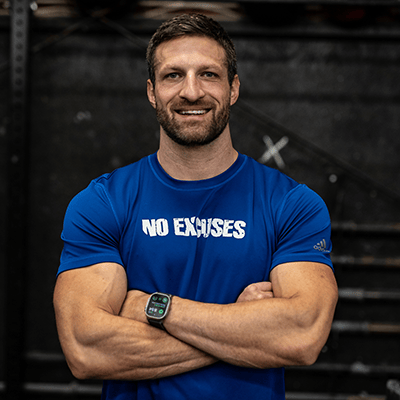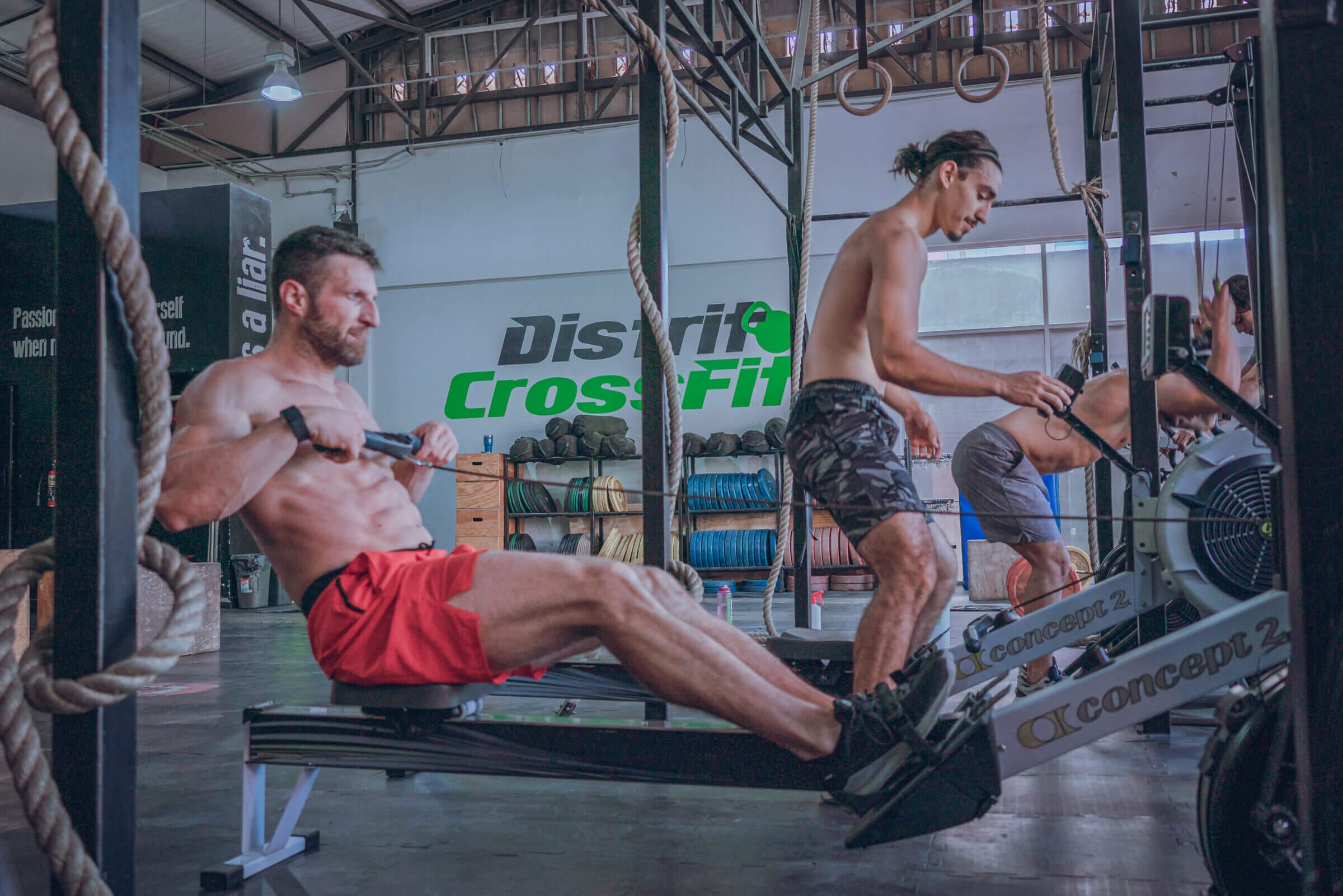Most people believe they need a carb-heavy pre-workout meal to perform well at CrossFit. But what if I told you that for many people, eating nothing before a workout is actually better?
Whether or not you should eat before a workout depends on your goals, your metabolism, and even your sex. In this article, I’ll break down exactly what to eat before and after CrossFit based on your goals, the latest research, and nearly a decade of my own experience training fasted.
Here are the key takeaways:
- Your biological sex matters. Men and women metabolize nutrients differently, and male and female bodies respond differently to stressors like fasting.
- Your training goal determines your ideal fuel strategy. For example, working out to burn fat may benefit from a different approach than working out to build muscle.
- Workout intensity affects fuel needs. A short AMRAP doesn’t require pre-workout fuel, but an extended endurance WOD (like the Murph Challenge) might.
- Timing matters, but not as much as total intake. Whether you eat protein before or after a workout matters less than hitting your daily protein target.
In general, working out fasted is more beneficial for men than women, who can benefit from consuming carbs and protein before a workout. For men, abstaining from food before exercise doesn’t negatively impact athletic performance for most types of CrossFit workouts, including strength training and regular WODs in the 5-20 minute range. In fact, working out fasted can improve metabolic flexibility and fat loss while supporting muscle protein synthesis.
Women are different because the female body responds to certain stressors (such as a combination of lack of food and exercise) differently than males. Specifically, women tend to release more free cortisol in response to stress, which can drive up insulin and negatively impact fat loss and metabolic health. That’s why it’s advisable for women to consume at least minimal carbs and protein before intense workouts.
Beyond the differences in biological sex, meal timing is not incredibly important as far as performance and recovery are concerned. What matters most for hobby athletes is your protein intake within a 24-hour period.
But if you’re determined to fuel before a workout regardless of what I’ve mentioned so far in this article, I’d stick to easy-to-digest protein shakes (e.g., natural protein powders) and clean carbs such as seasonal sweet fruits or raw honey. I’d avoid processed junk food such as Gatorade or protein bars because they’re full of unhealthy ingredients like artificial colors, dyes, sweeteners and other crap that negatively impacts your health in the long run.
| Do Eat | Don’t Eat |
|---|---|
| Grass-fed whey protein | Processed plant protein |
| Beef protein isolate | Most protein bars (junk ingredients) |
| Raw milk | Sugary sports drinks (Gatorade) |
| Eggs | Artificial sweeteners |
| Seasonal fruits (bananas, berries) | High-fiber foods (slows down digestion) |
| Raw honey | Heavy meals too close to workouts |
If you’re an elite athlete working out for several hours daily, you’ll need extra fuel before, during and after exercise to support optimal performance and recovery. Of course, If you’re at that level, chances are you have a dedicated nutrition coach who will design a plan that works well for you.
For everyone else, this article will break down pre and post-workout strategies based on these factors and my experience doing CrossFit for almost a decade.
How Important is Meal Timing?
It’s true that meal timing can play an essential role in certain circumstances, like if you’re an elite athlete training for a competition. For example, pre-fueling with carbs can make sense for longer or back-to-back workouts that might burn through your liver and muscle glycogen stores.
Remember that the average person has approximately 600 grams (2,400 calories) of glucose stored as glycogen in the liver and muscles; that’s a lot of calories you can burn through without “hitting the wall.” The more muscle tissue you have, the more glucose you store.
If you’re an Olympian spending six hours per day in the gym, failing to pre-fuel may mean you burn through your glycogen stores and run out of fuel during your workout. But the average CrossFit enthusiast like you or me is unlikely to ever reach that threshold.
In other words, there is virtually no risk of running out of glucose during your daily WOD.
But what about after-workout protein, which is often lauded as an essential activity for building lean muscle mass?
Well, the International Society of Sports Nutrition (ISSN) concluded in a 2017 paper that total daily protein intake is more critical for strength gains than exact pre or post-workout timing.
That’s because while it’s certainly true that your body is extra receptive to nutrients (including carbohydrates, protein and fat) after an intense workout, it also works 24/7 to build and repair muscle tissue. So while perfectly optimizing your protein consumption may produce some marginal benefit, that benefit will probably be imperceptible to the vast majority of people.
As a result, I recommend focusing on your overall protein intake within 24 hours of a workout, rather than obsessing over consuming protein within a specific window.
That said, I do aim to consume a meaningful amount of protein and fat (in a roughly one-to-one ratio) after exercising. But that’s more so because I’ve gotten used to eating after returning from my morning workout, as opposed to trying to chase performance gains.
Fasted vs. Fed Workouts: What’s Best for You?
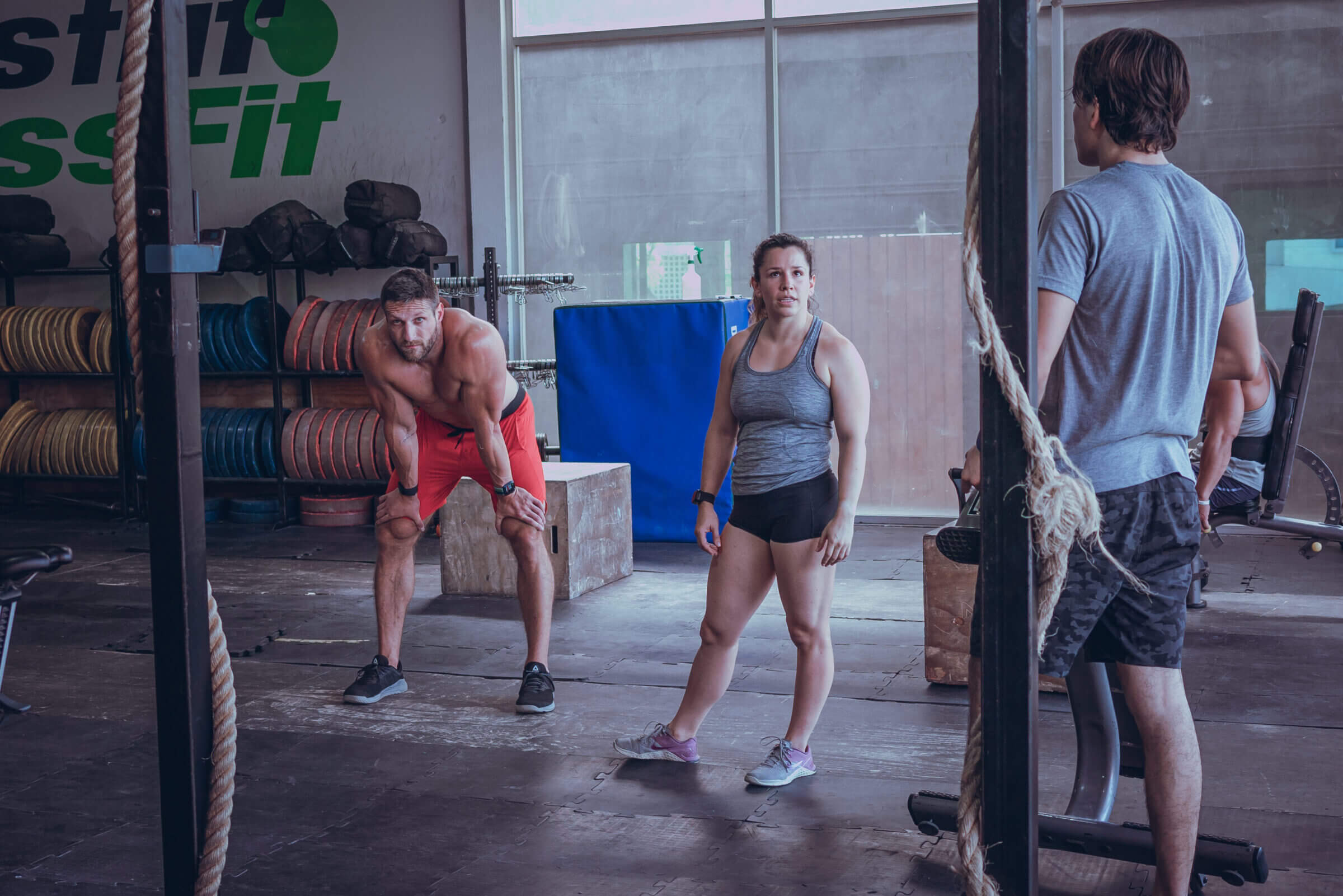
I get it: most athletes can’t imagine working out while fasting — much like most people can’t imagine abstaining from food for several days in a row. However, as I explained above, eating before CrossFit workouts is usually unnecessary, because your body has all the glucose, protein and fat it needs to sustain a high-intensity workout. I’d even say that if you fall apart during a typical CrossFit workout because you didn’t eat, there’s something wrong with your metabolic health.
Does that mean you should never eat before a workout, or that pre-fueling negatively impacts your performance? No, I don’t think so. The truth is that we all get used to exercising in a certain way. Much like how I feel “off” when I eat before a workout, those who are used to pre-fueling may feel off when they don’t eat.
That’s perfectly normal (as long as you’re not falling apart), and you get used to either method relatively quickly. For men, the problem with pre-fueling is that doing so robs your body of its opportunity to partially empty its glycogen stores, improving insulin sensitivity and metabolic flexibility. In turn, that reduces your ability to burn fat (if that’s your goal) without doing much (if anything) to improve muscle protein synthesis.
Of course, it depends on how you fuel your body. Carbs are likely the worst way to fuel a regular CrossFit workout, whereas protein is a much better choice because it doesn’t negatively impact your glucose and insulin levels and may speed up muscle protein synthesis (especially when combined with fat).
If you feel strongly about pre-fueling before CrossFit, I’d stick to a clean protein powder mixed with water or some raw milk. You don’t need much, though; 15 to 20 grams of protein is all you need for your body to start rebuilding muscle tissue after your workout.
Why Women and Men Should Fuel Differently For CrossFit
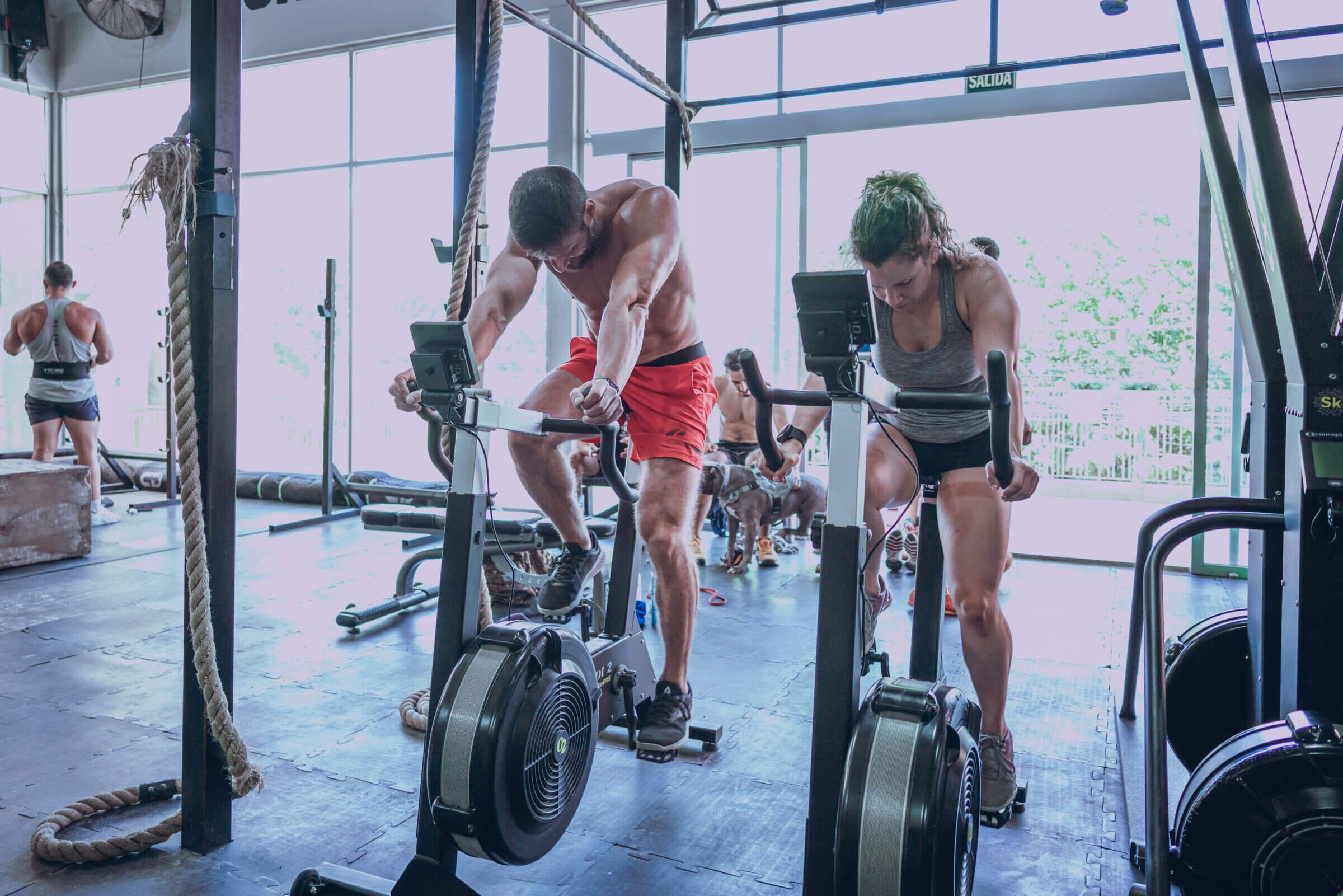
| Men… | Women… |
|---|---|
| Handle fasted training well with stable testosterone and cortisol levels. | Are more likely to experience high cortisol spikes when training fasted. |
| Burn fat efficiently without food due to a different cortisol response. | Elevated cortisol can lead to fat retention rather than fat loss. |
| Experience no significant muscle loss when training fasted. | Can benefit from pre-workout protein and carbs, which can help maintain hormonal balance. |
Despite what some people want to believe, women are not just small men. For example, men have a 24-hour hormonal cycle, while women operate on a monthly cycle. That plays a significant role in how our bodies respond to exercise and food.
When performing high-intensity or resistance training exercises like CrossFit in a fasted state, men tend to respond very well to that stimulus, with accelerated fat oxidation, improved metabolic flexibility and no loss in lean muscle mass.
On the other hand, women tend to experience insulin and free cortisol spikes, which inhibit fat loss and encourage fat retention. That’s why I no longer recommend that women work out while fasting.
Based on what we’ve learned from international exercise physiologist and nutrition scientist Dr. Stacy Sims, and observations of my wife’s body composition in response to working out fasted for over five years, she now consumes a protein shake (usually beef protein powder mixed with raw milk) with some extra carbs (e.g., half a banana) before her CrossFit workouts, and she reported feeling much better throughout the day.
If you’re interested in a deeper diver into this topic, I recommend Megan Looney’s article on what women should do differently to get the best possible training results.
Eat Differently Depending On Your Workout Goals
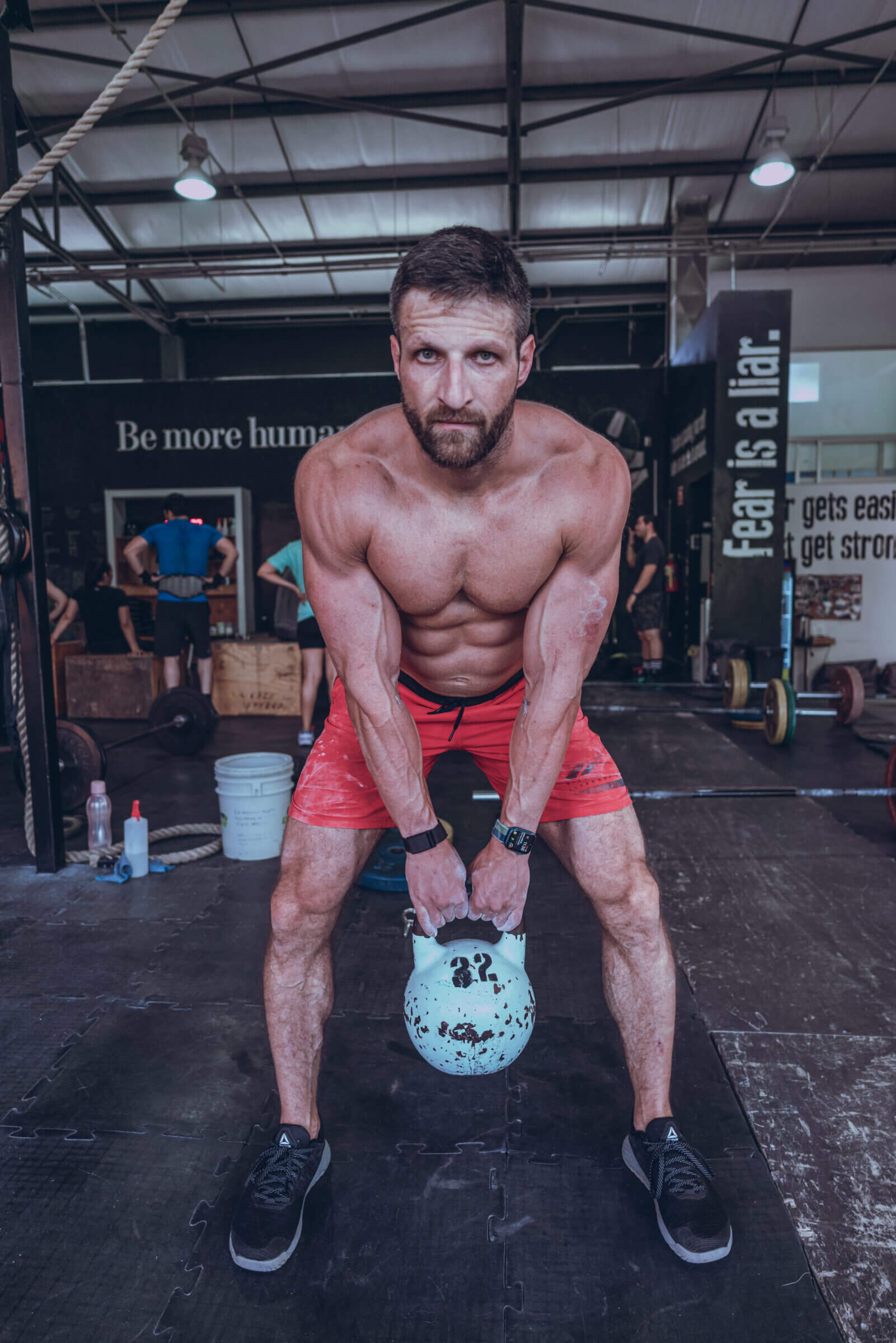
To a large extent, your workout goals determine how, when and what you should eat. So, let’s talk about how to fuel yourself based on the following fitness goals.
Goal: Losing Weight and Improving Body Composition
For men, the most effective way to lose weight and get shredded is to work out in a fasted state, paired with a low carb diet (e.g., a ketogenic or animal-based diet).
That’s because in the absence of food (and carbohydrates in particular), the liver will start producing ketones (by burning both dietary and body fat) to fuel muscles and certain organs, while gluconeogenesis (the creation of new glucose from non-carbohydrate sources) will ensure a constant supply of glucose and stable insulin levels.
Low-carb diets can also work for women, but you have to consider the risk of elevated cortisol levels. When cortisol levels are chronically high, fat oxidation is negatively impacted, making it more challenging to burn fat and lose weight. For that reason, I do recommend consuming small amounts of protein and carbs before a workout for women.
The key is to pay attention to how you feel and how your body responds to different fueling strategies over time.
Goal: Building Lean Muscle Mass
The amino acids found in protein are the building blocks of muscle tissue. I recommend consuming ample amounts of protein (about one gram per pound of body weight) within a 24-hour period of working out. As mentioned above, the average male athlete doesn’t need to worry about meal timing; just make sure you consume enough protein after exercise and throughout the day. If it makes you feel better, have a protein shake before your workout — but I doubt it’ll make a difference in how fast you can build muscle mass.
For women, I recommend consuming 10-20 grams of protein before a workout, depending on your body weight. Try to consume one gram per pound of body weight on a given day.
Goal: Improving Insulin Sensitivity and Metabolic Flexibility
Improving insulin sensitivity and metabolic flexibility are essential for losing weight and improving body composition. Therefore, everything I said above also applies here.
To recap, men should work out while fasting and maintain a low-carb diet, while women can benefit from small amounts of protein and carbohydrates before a workout to improve their hormone balance and cortisol response.
Goal: Competition and Optimal Performance
If you’re a serious CrossFit competitor, your fuel strategy will likely differ from that of people who just want to lose weight or increase the size of their biceps.
Fueling for competition involves maintaining full glucose stores and providing the body with enough amino acids (and fatty acids) for optimal muscle protein synthesis.
As a result, I’d recommend matching your carb intake to the type of exercise you’re trying to perform.
For example, if you’re planning a four-hour gym session that includes resistance training or various metcons, I’d consume carbs before and during the workout to keep your glycogen stores topped off.
I’d also consume protein before and during workouts in amounts that won’t cause digestive distress. I’d then ensure ample protein and fat post-workout to accelerate muscle protein synthesis.
How to Monitor and Personalize Your Pre and Post-Workout Diet
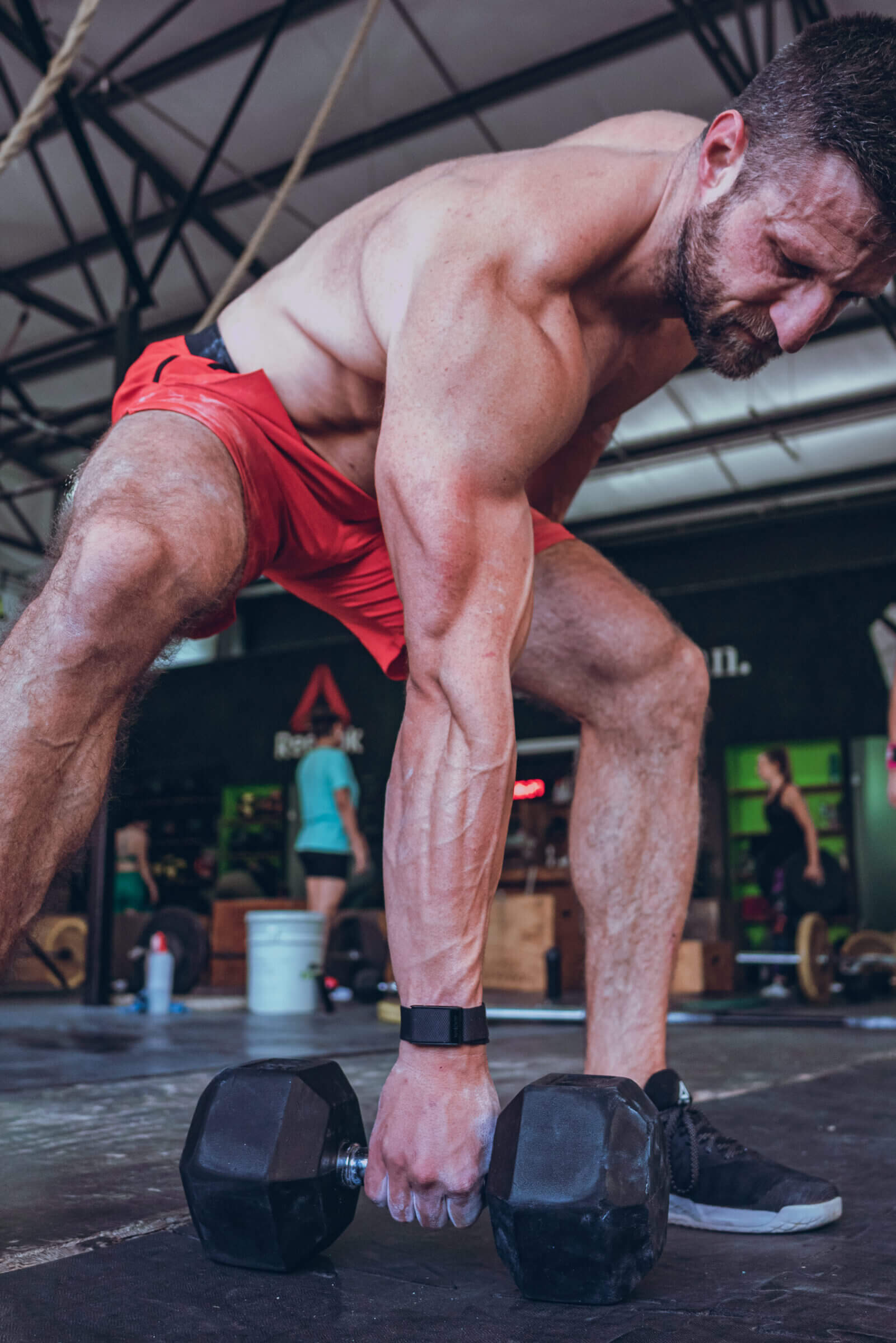
Listening to your body is the best way to assess how your fuel strategy affects your performance and recovery. But beyond that — and if you’re looking for more objective measurements — you can leverage certain tools to get deeper insights into how your body is responding to food and exercise.
I’m a huge fan of continuous glucose monitors (CGMs), which allow me to see how my blood sugar responds to various types of strenuous physical activity. For example, most of my CrossFit workouts have triggered a significant glucose spike — a sign that my body mobilized glycogen to fuel my anaerobic workout.
Another tool you could consider is a fitness tracker that measures strain, sleep performance and nocturnal HRV. For example, WHOOP calculates a daily recovery score and correlates changes in recovery, HRV and sleep performance with lifestyle choices (e.g., high-protein meals). By tracking and analyzing that data, you can determine how specific meals or meal timing impacts your recovery and sleep performance.
My Approach
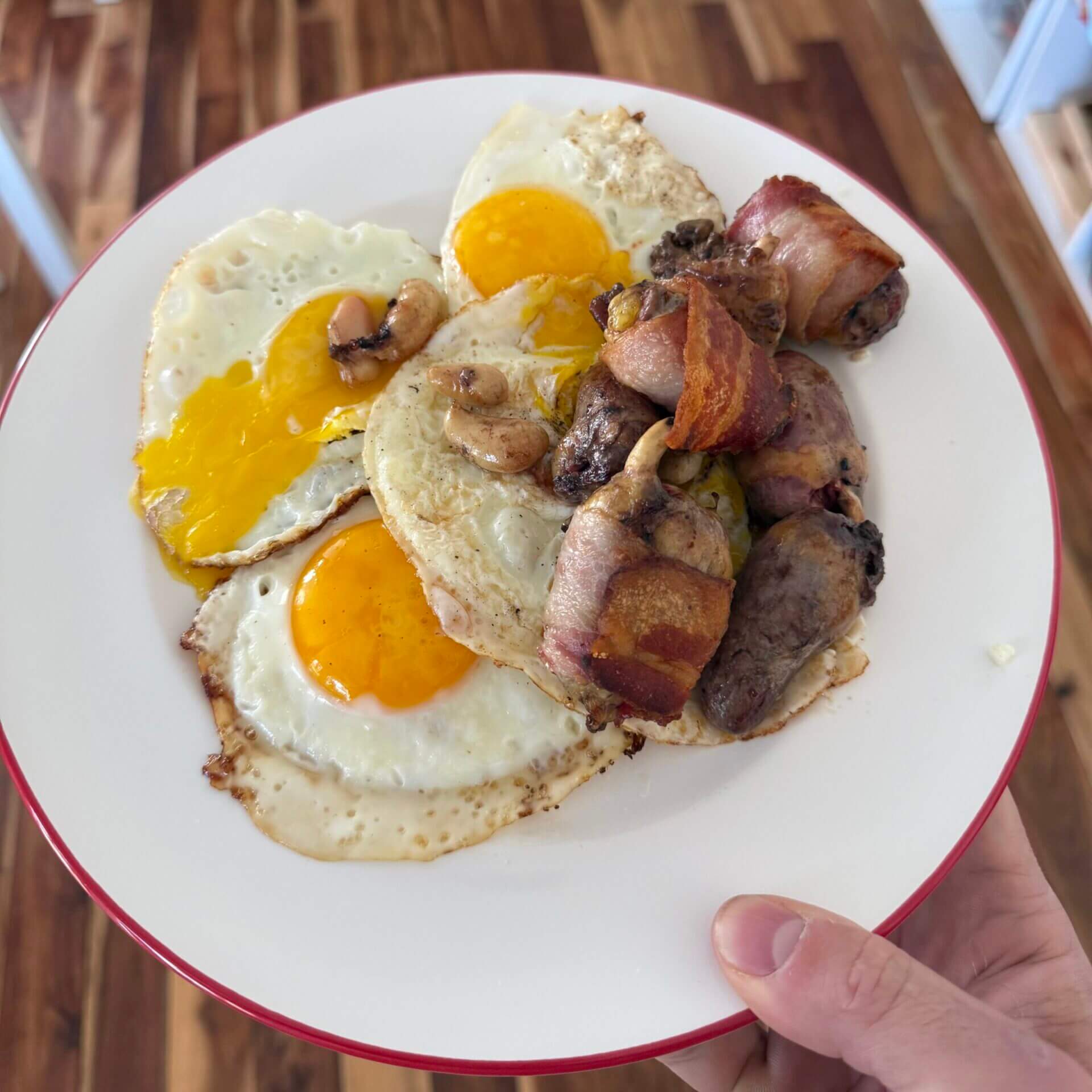
As mentioned throughout this article, I prefer working out in a fasted state. By that, I mean that I abstain from protein and carbohydrates before a workout. However, I enjoy grass-fed cream in my morning coffee and occasionally consume exogenous ketones before incredibly intense workouts to aid with performance and recovery.
I also consume plenty of electrolytes (sodium, magnesium and potassium) as part of my pre-workout routine to rehydrate after waking up (your body loses 16 to 34 ounces of fluid overnight due to sweating, respiration and urination).
After a workout, I have breakfast with my family, which consists of a meal high in protein and fat. That usually means four to six eggs from our hens fried in plenty of butter, tallow or lard, beef, bacon and avocados, paired with 16 ounces of raw milk, grass-fed beef protein powder and Collagen & Colostrum.
Most days, I don’t consume carbs until dinner (around 4-5 p.m.). After dinner, I fast until after working out the following day.
That strategy has been working incredibly well for me. I weigh about 215 pounds, have 8-10% body fat, and have incredibly low fasting insulin levels of 1.8 mmol/L.
Final Thoughts
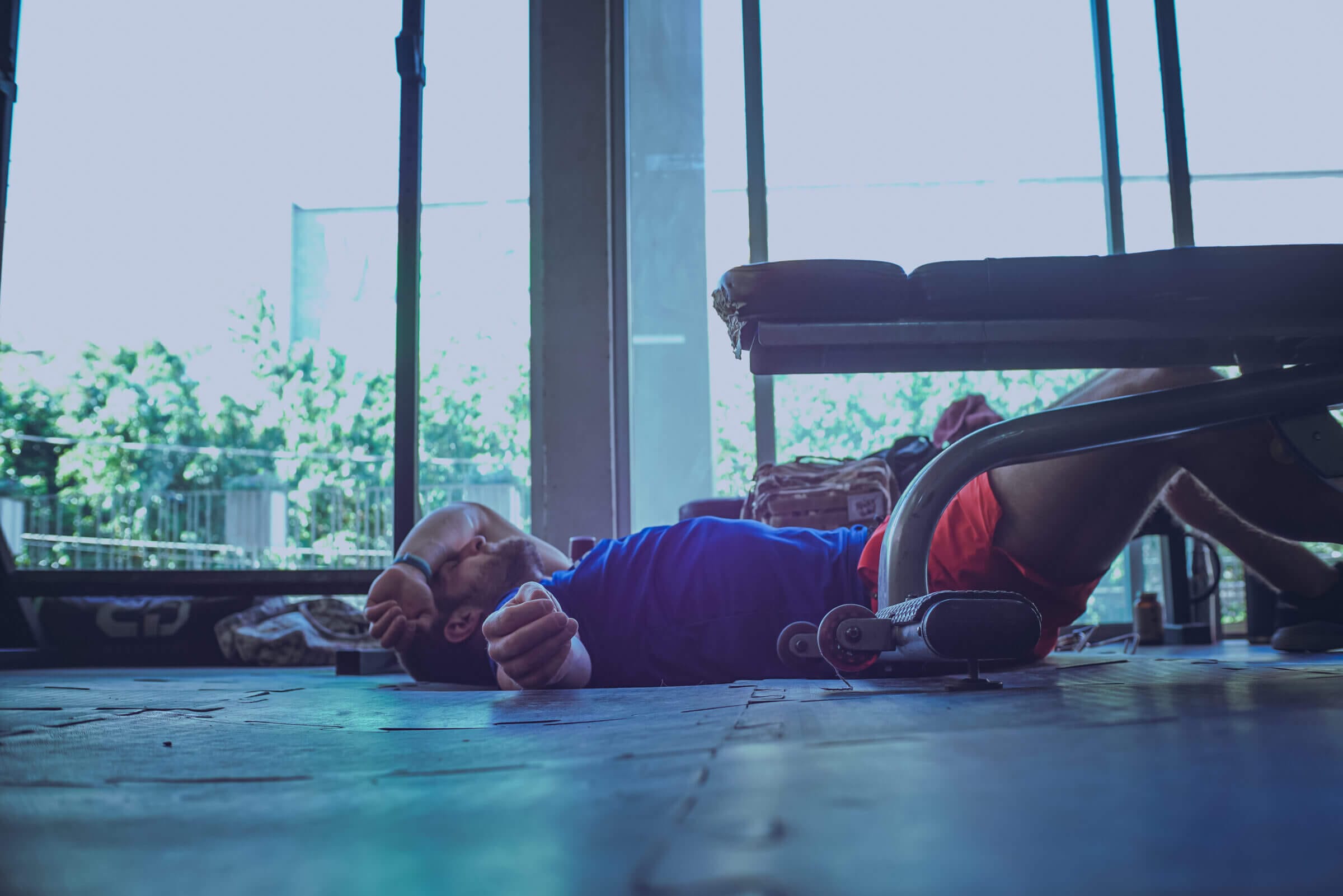
While everyone is different and there is no one-size-fits-all approach, there are general guidelines you can follow to support your individual fitness goals.
For men, I recommend working out in a fasted state. For women, I recommend consuming small amounts of protein and carbs before a workout.
From there, listen to your body and see how you feel. If you do, you’ll figure out how to fine-tune that strategy for optimal performance and recovery.
The most important aspect of nutrition in the context of exercise and CrossFit is to supply your body with enough building blocks in the form of protein for optimal muscle protein synthesis.

Michael Kummer is a healthy living enthusiast and CrossFit athlete whose goal is to help people achieve optimal health by bridging the gap between ancestral living and the demands of modern society.
